The Inter-RF Subsystem Interface (ISSI) Gateway provides TIA-standardized network-level communication between Project 25 (P25) radio systems regardless of manufacturer, allows authorized radios to roam between P25 systems, and prevents ID overlaps by assigning temporary unit and group IDs to roaming users.
The ISSI Gateway is based on the Inter-RF Subsystem Interface standard, issued by the Telecommunications Industry Association (TIA) responsible for publishing the P25 Land Mobile Radio (LMR) standards. TIA document TIA-102.BACA defines the interface that provides for interoperability between RF Subsystems (RFSS) regardless of the system manufacturer. L3Harris’ ISSI Gateway is a software application that resides on standard off-the-shelf hardware and can be added to any VIDA® network though a simple Ethernet connection into the IP-based VIDA infrastructure.
In most scenarios, systems which need to interoperate are not managed by a common administrator nor installed at the same time. This means there is no coordination of the system databases and most likely there are overlaps between User and Group IDs. The ISSI Gateway solves this issue. When a group call is made on System 1 and the ISSI passes it to System 2, System 2 can assign a temporary working group identifier used for all subsequent calls made on that group. If desired, the group calls from System 1 can instead be directly affiliated with any existing group within System 2 such that a dispatcher patch is not required to initiate interoperable communications.
The ISSI Gateway allows P25 compliant radios to roam between systems, provided they are within the same frequency band and there is some coordination between the system administrators. When a radio from System 1 roams into the coverage area of System 2, the ISSI provides communication of the radio’s ability to roam and other user attributes such as user call priority, I-Call capability, etc. System 2 will register the group and unit, assign them temporary IDs, and allow the radio to communicate on the system. System 2 passes all of the radio’s transmissions back to System 1 via the ISSI Gateway. As mentioned, the roaming user’s group calls can be directly affiliated with a permanent group on System 2 if desired.
Yes, we retrofit legacy systems (e.g., GE Frame 5, Siemens V94.2) with modern digital controllers, typically completing hardware integration within 4-8 weeks. Software migration requires additional validation time.
We recommend annual performance testing under ISO 3977-2 standards. Critical applications (e.g., offshore platforms) may require semi-annual tests with emissions compliance checks.
All rad-hard devices (e.g., FPGA, ADC) are QML Class V certified under MIL-PRF-38535 and tested to MIL-STD-883 Method 1019 for SEU tolerance. Full qualification reports are available upon request.
Our ASICs and power management ICs operate across -55°C to +175°C ambient temperatures, with derating curves provided in military temperature range (MTR) datasheets.
Our PMA parts (e.g., actuators, sensors) hold FAA/EASA Form 1 certification and match OEM form/fit/function. Installation requires SB/MB documentation per FAA AC 23.1529.
All NAS/MS fasteners include full DNA traceability: melt source (AMS 2301), heat/lot numbers, and AS9100-compliant MTRs with ultrasonic test reports.
AOG orders ship within 4 hours for stocked items (FAA-PMA, EASA Part 21G). Non-stock critical parts trigger priority manufacturing with 72-hour max turnaround.
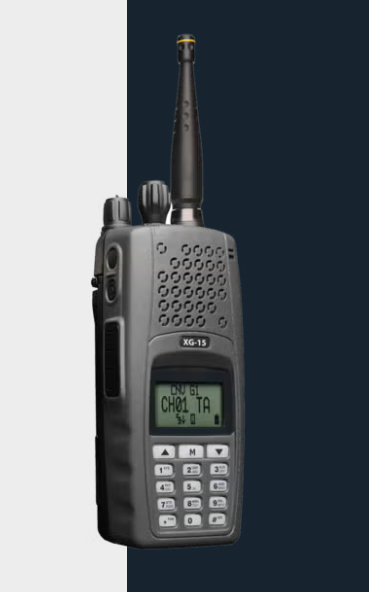
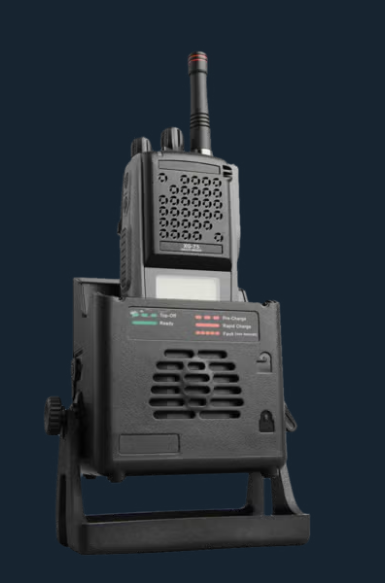
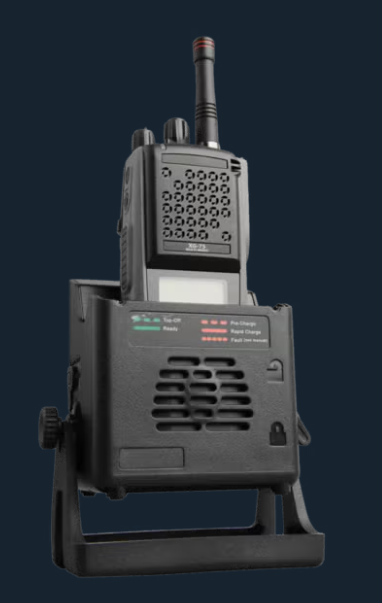
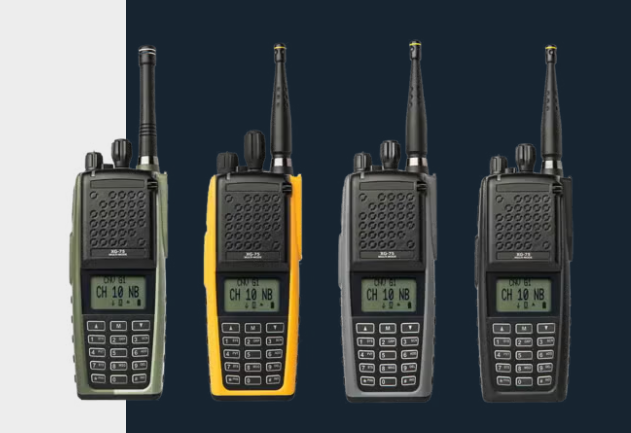
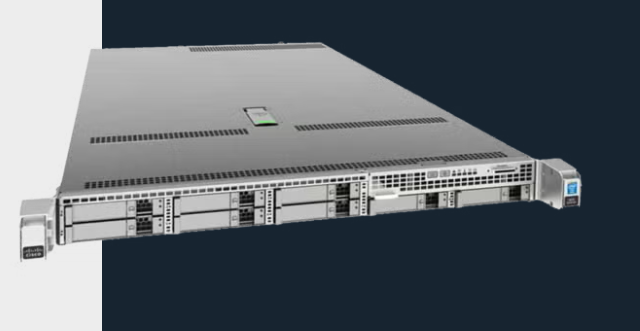
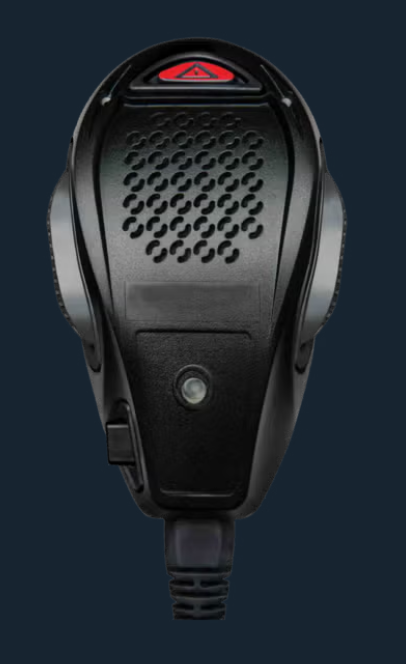
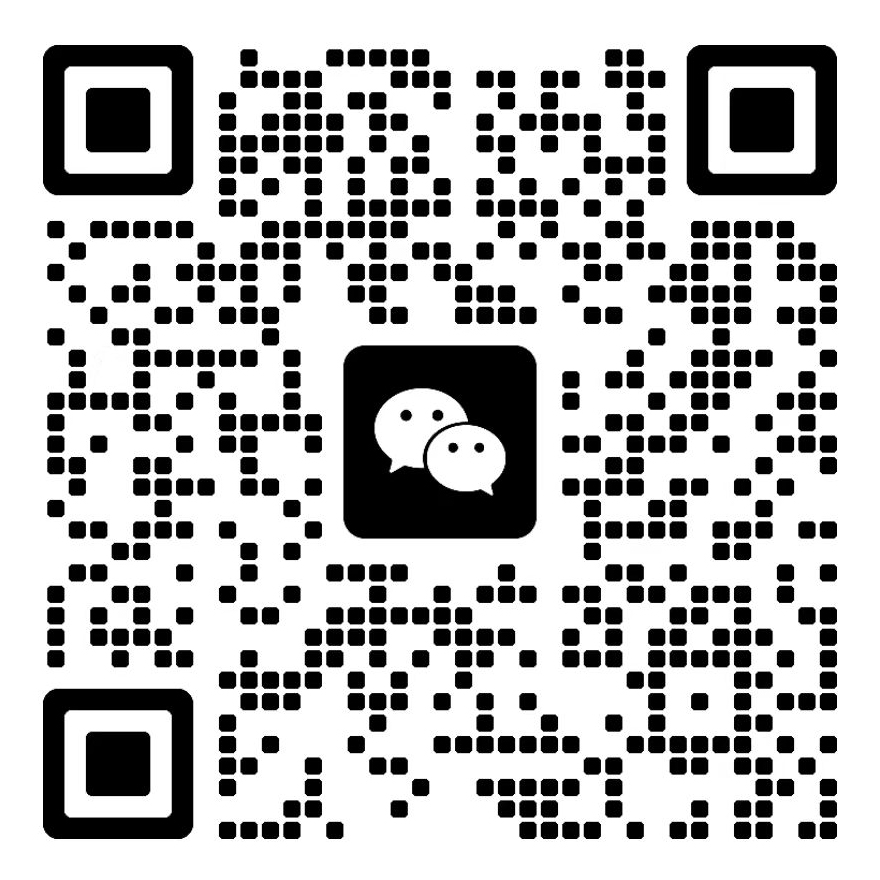 Gas Turbine
Gas Turbine
 Aircraft parts
Aircraft parts